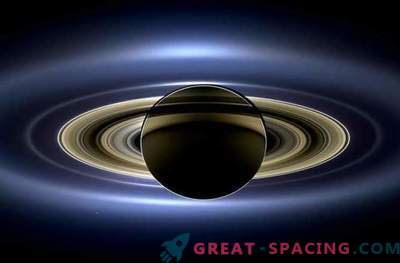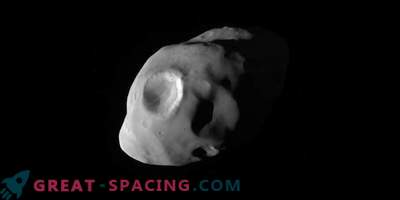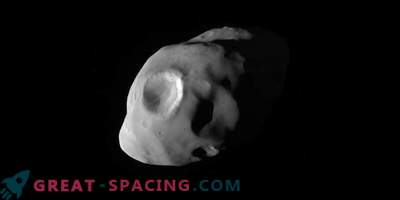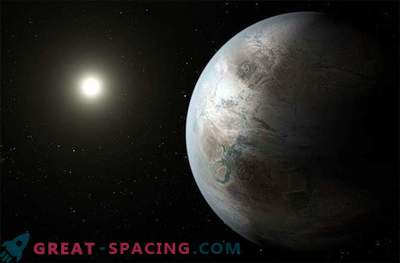
It seems that whenever we look at a new picture of Saturn by NASA's Cassini mission, there is always something unique. And often it is a hidden gem.
The observations made on February 11, at first glance, do not matter much. We already know that Saturn has hundreds of different rings, and they are all in the same plane. How did Cassini see the rings that ... intersect?
In fact, this observation shows only one plane of the rings, but the shadows of each ring are reflected in the upper layers of the atmosphere of Saturn, creating the illusion of two sets of rings.
But while you digest this scene and figure out which lines are rings and which are shadows, you probably lose sight of the tiny moon Pan, a 17-mile (or 28 km) satellite gap in the rings (just below the middle in the Photo). Many of the gaps in the rings of Saturn have small moons. Gravity keeps these rings away from debris when they rotate. Pan, for example, occupies Enke's famous space. Many other spaces, however, do not have moons, so their nature is a bit more mysterious. Some theories of ring dynamics suggest that some of these gaps may have been formed through resonance with Saturn's large moons.
Regardless of how they were formed, Cassini continues to photograph their beauty, constantly confirming that Saturn is the pearl of the solar system.
For a full resolution of this observation and more information about the Cassini mission, see the NASA press release.











































